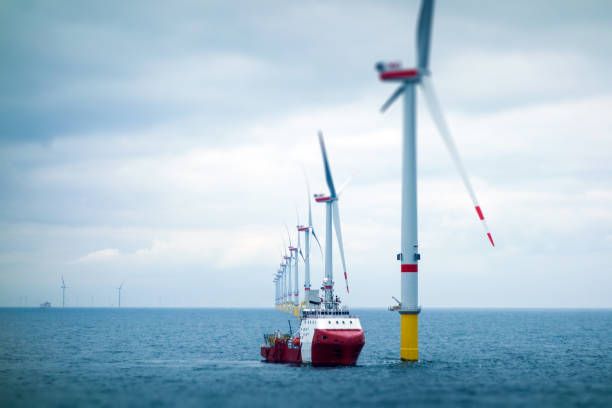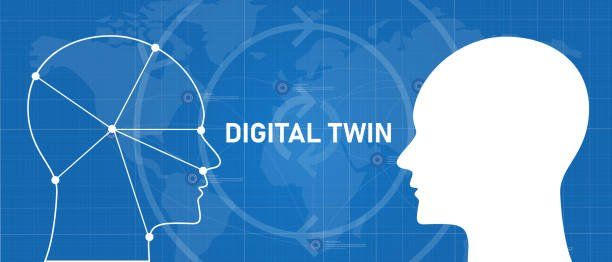Digital twins: from industry to knowledge of the oceans
By KENSA Logistics
They were created in industry and revolutionised it in just one year. Shortly afterwards, digital twins began to be applied to knowledge of nature. Now, an enormous project is opening up to deepen our knowledge of the oceans. It’s objective? To better understand them in order to protect them without failing to interact with them.
In 2017, two of the great international consultancy firms anticipated that digital twins were going to transform many processes, particularly industrial ones. And that has been the case. From aircraft turbines to the blades of aerogenerators, including building elements like façades, many sectors are transforming and improving substantially thanks to this technology.
A virtual replica to predict events and behaviour
A digital twin is a replica that only exists virtually and is created in the image and likeness of a specific product. It is the digital version of this product to which, in real-time, data (we are referring to biga data) from different sensors are added. All this information from the real world is processed using Artificial Intelligence and Machine Learning to make the virtual version sensitive and smart, to become a model capable of foretelling all that will happen to its real twin.
In other words: the digital world makes predictions about what is going to happen in the physical world.
In 2018, just one year after the first digital twins were launched, the companies investing in this type of technology recorded improvements of 30%
How did they manage that? By availing of the efficiency of a tool capable of:
1. Analysing data and drawing conclusions
2. Putting forward solutions for any problems arising
3. Predicting future behaviour
From industrial engineering to the study of the oceans
Now, digital twins have taken another leap, moving from industrial engineering to nature sciences. And they are already helping us do further research on the earth, the climate and the seas. There are projects that help simulate the future effects of climate change on coastal areas and others which are being used to improve conditions in aquaculture in certain areas.
All of these are partial projects which analyze data in very small areas when compared with the size of the oceans. However, in view of this technology’s utility, why not use it to better understand the marine environment as a whole, with its systems and complex dynamics? It is the only way to get to know the ocean better and be able to protect it.
Although it seemed like an excessively ambitious proposal, the European Union has set up a great team of scientists to create a
Digital Twin of the Ocean (DTO). By gathering the data of multiple existing institutions from the old continent, experts in science are studying the way to exchange all the information, use it and process it. Their aim is to help the international community to design better policies, improve resources and study solutions for the future. The project has only just begun, but already numerous applications are envisaged: from predicting tuna migrations to calculating extreme heat episodes, helping specify weather warnings, promoting renewable sea energies, improving international maritime traffic and promoting security in ports.




